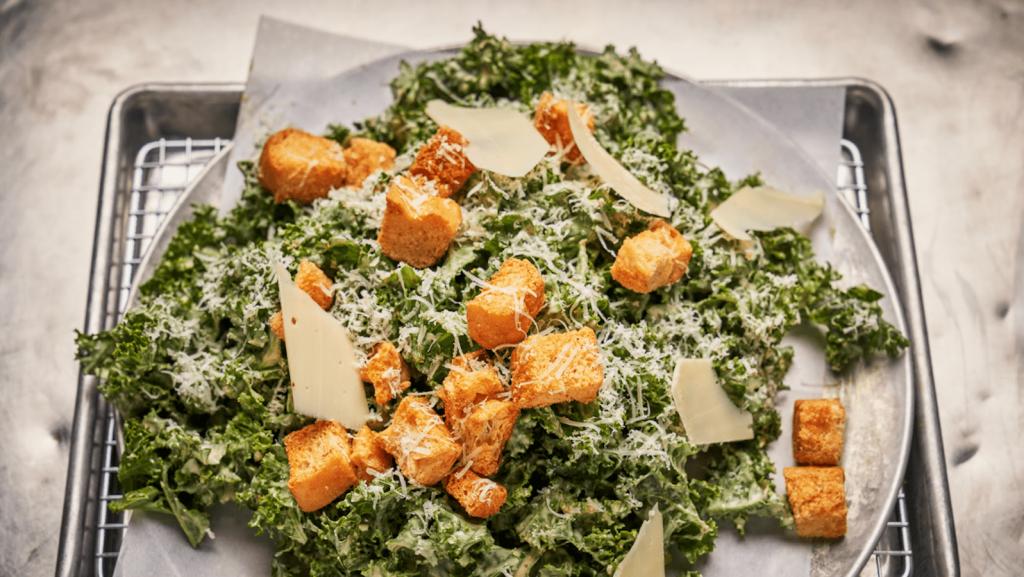
Jamie Rappaport Clark.
With what environmental organization are you affiliated?
I’m the executive vice president of Defenders of Wildlife.
What does your organization do?
We work to protect native plants and animals and their habitat. Our work takes us all across the U.S. — from the halls of Capitol Hill to the mountains and plains of the West, as well as internationally, with a focus on Canada and Mexico.
What are you working on at the moment?
Right now, we are focused on protecting the Endangered Species Act from those who would weaken its protections. The ESA is one of our most important and successful laws. Of the more than 1,800 species listed under the act’s protection, only nine have been declared extinct. But some in Congress are turning their backs on this success and working to dismantle the act. Our current task is to stop them, even as we work with pro-conservation members and groups to improve the act’s effectiveness.
What long and winding road led you to your current position?
I’ve always been fascinated by the natural world. From collecting fireflies as a kid to serving as director of the Fish and Wildlife Service, the natural world was always my calling. Defenders of Wildlife is a logical stop on that journey.
How many emails are currently in your inbox?
Literally hundreds. I’d be lost without my Palm Treo.
Where were you born? Where do you live now?
I was born in New York City while my dad was stationed in Iran with the Army, and I lived all over the U.S. and in Okinawa while growing up in a military family. Now I live in northern Virginia as far out as I reasonably can while still commuting to Washington, D.C., for work.
What has been the worst moment in your professional life to date?
I used to dread testifying before Congress, but it comes with the territory and I’ve gotten used to it. I’ve testified enough times now, and I’m in a much different position in the environmental community. I guess you could say I’ve overcome my discomfort and almost enjoy it.
What’s been the best?
Being sworn in as director of the U.S. Fish and Wildlife Service, a terrific organization full of dedicated, professional public servants committed to saving biodiversity.
Who is your environmental hero?
I still feel like we all walk in the shadow of giants such as Aldo Leopold, Mardy Murie, and E.O. Wilson. That said, I have had the privilege to meet and work with many heroes at all levels of government and in the private sector who have taken big risks to protect our natural-resources legacy. I am constantly reminded of courage when I see colleagues step up to fight for conservation.
Who is your environmental nightmare?
Well, I haven’t seen anything as bad as the Bush administration’s policies and performance on environmental protection, but it’s a nightmare we all hopefully will wake up from by 2008.
What’s your favorite meal?
I truly like to eat healthily — lots of fruits and veggies. No one at work likes to let me handle catering for events anymore, because I always order healthy foods. The staff complains, but I know it’s good for them.
Which stereotype about environmentalists most fits you?
I really, truly love being outside. I am happiest outside the city, hiking with my husband and son. I love the quiet and pace of open space. I am not radical about it, but it does bring me peace.
What’s your favorite place or ecosystem?
No real favorites, but the northern Rockies, the Allegheny highlands of West Virginia, and the deserts of the Southwest hold special places in my heart.
What are you happy about right now?
My family continues to be a source of stability, grounding, and joy.


